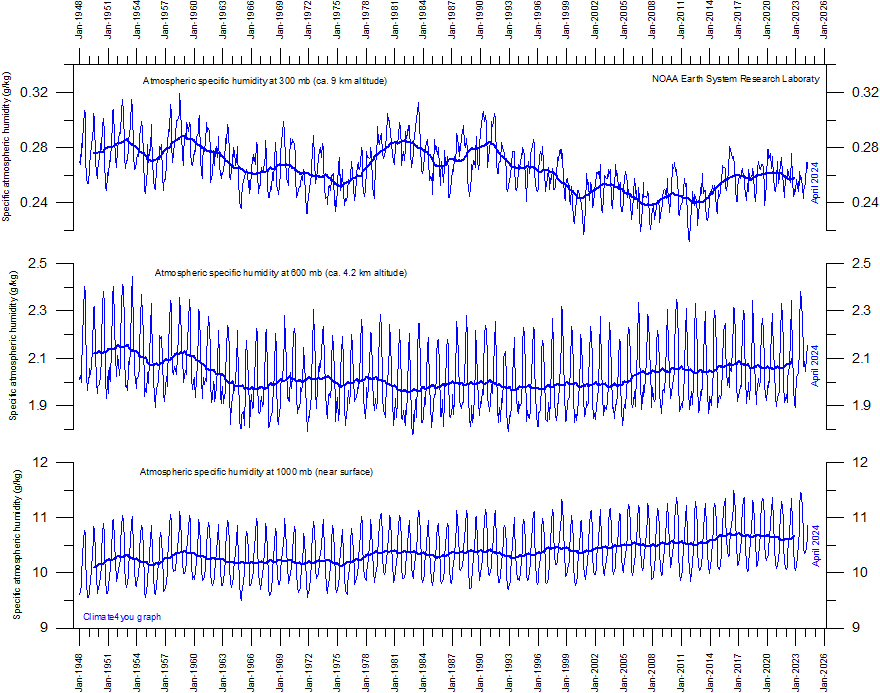ROTFLMFAO......
Well, of course....'everyone' knows that a snowstorm in the middle of winter (after an unusually warm shirt-sleeve weather start to the season) is a sure sign that global warming is a 'hoax'. LOLOLOLOLOL. Damn, you're gullible. As well as extremely stupid.
In reality, mankind's alterations of the balance of greenhouse gases in the Earth's atmosphere is already increasing the temperatures of the atmosphere and oceans, which is changing previously stable climate patterns and producing more and more extreme weather events.
Clearly there is an increase in the overall number of disasters. Climatological events including extreme temperature, drought, and forest fires increase across the time period of consideration. Floods and mass movement of water also clearly increases across this time period. Storms also increase. Geophysical events on the other hand, dont. This is, of course, what we would expect if weather related events were having more of an impact. Is this weather whiplash? - (source -
Global Warming and Extreme Weather)
***
Is Global Warming Linked to Severe Weather?
As Earth warms, powerful storms are becoming the new normal
The Union Of Concerned Scientists
(excerpts)
Powerful rain and snow storms - and, ironically, intense drought periods - are a well-known consequence of a warmer planet.
Weather is whats happening outside the door right now; today a thunderstorm is approaching. Climate, on the other hand, is the pattern of weather measured over a number of decades.
Over the past 30 years there has been a pattern of increasingly higher average temperatures for the whole world. In fact, the first decade of this century (20012010) was the hottest decade recorded since reliable records began in the late 1800s.
These rising temperatures - caused primarily by an increase of heat-trapping emissions in the atmosphere created when we burn coal, oil, and gas to generate electricity, drive our cars, and fuel our businesses - are what we refer to as global warming.
One consequence of global warming is an increase in both ocean evaporation into the atmosphere, and the amount of water vapor the atmosphere can hold. High levels of water vapor in the atmosphere in turn create conditions more favorable for heavier precipitation in the form of intense rain and snow storms.
As the Earth warms, the amount of rain or snow falling in the heaviest one percent of storms has risen nearly 20 percent on average in the United Statesalmost three times the rate of increase in total precipitation between 1958 and 2007.
In other words, the heaviest storms have very recently become even heavier.
The Northeast has seen a 74 percent increase in the amount of rain or snow falling in the heaviest storms.
This pattern of intense rain and snow storms and periods of drought is becoming the new normal in our everyday weather as levels of heat-trapping gases in the atmosphere continue to rise.
If the emissions that cause global warming continue unabated, scientists expect the amount of rainfall during the heaviest precipitation events across country to increase more than 40 percent by the end of the century. Even if we dramatically curbed emissions, these downpours are still likely to increase, but by only a little more than 20 percent.
Regardless of what actions we take to cut emissions, we must adapt to the likelihood that severe storms are becoming ever more commonplace.
So do any of you live in the northeast corner? You obviously are aware of whats going on outside and whats to come soon. Freezing Temps! Lots Of Snow!, maybe even a blizzard or two, just plain crappy winter weather.









